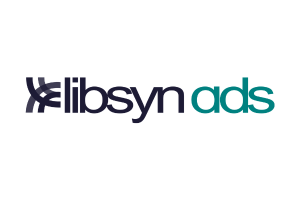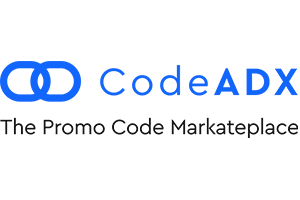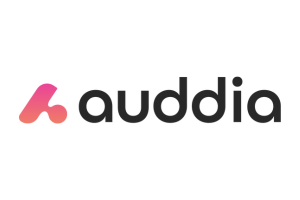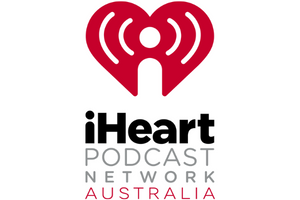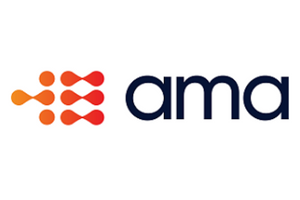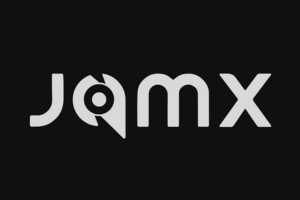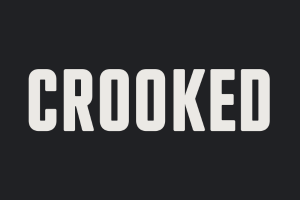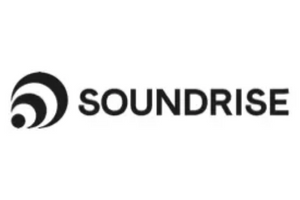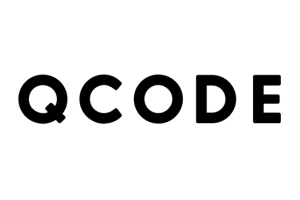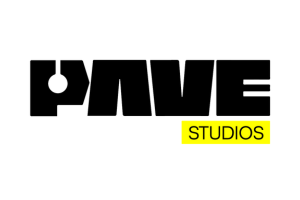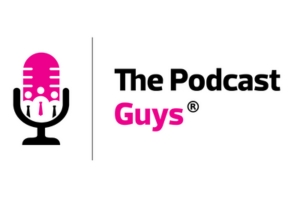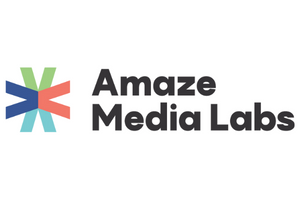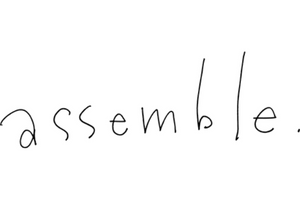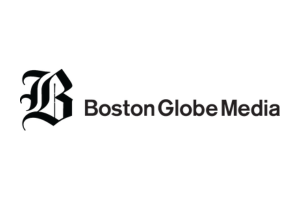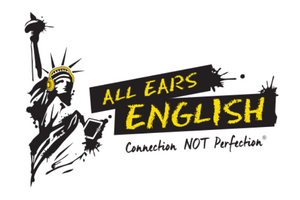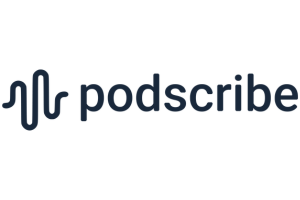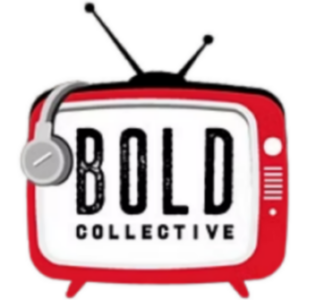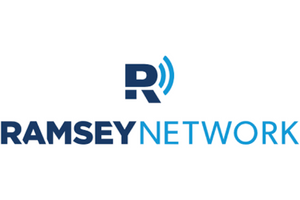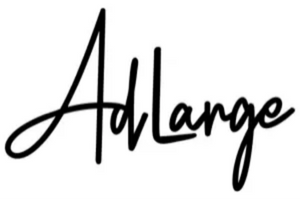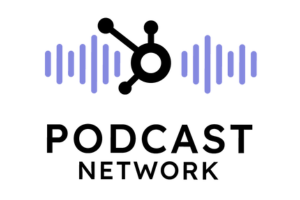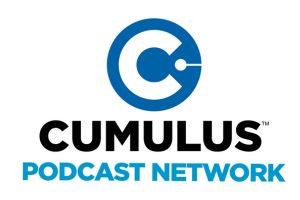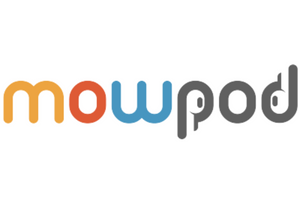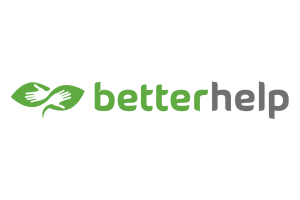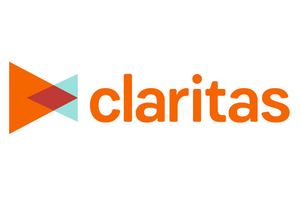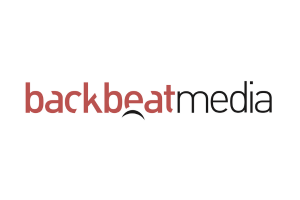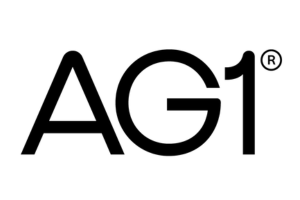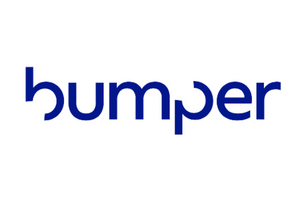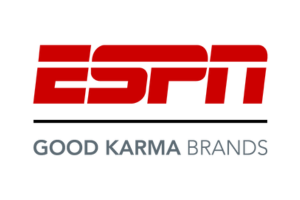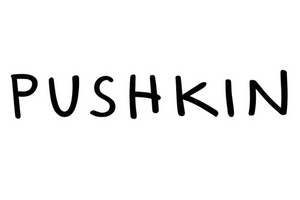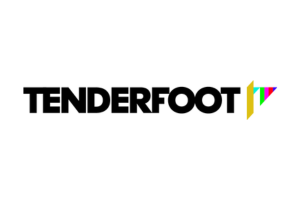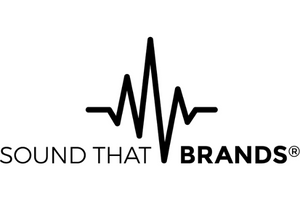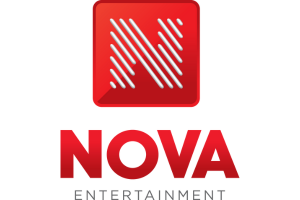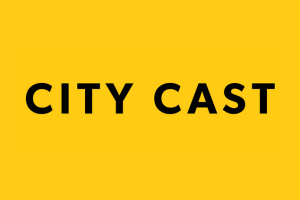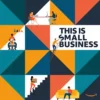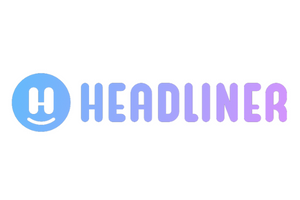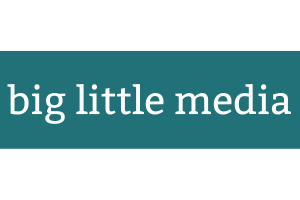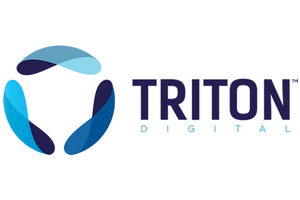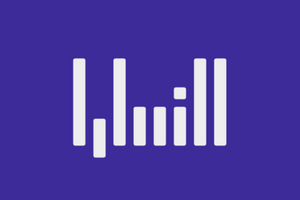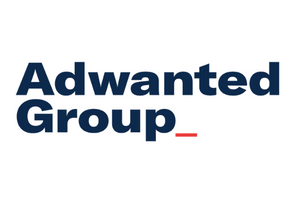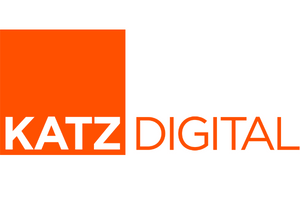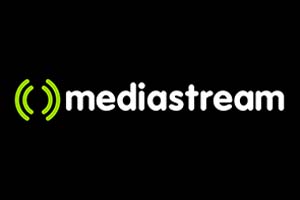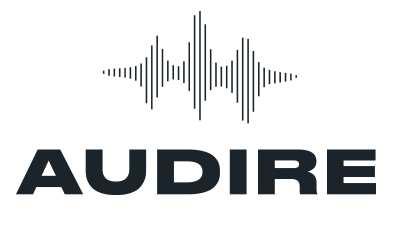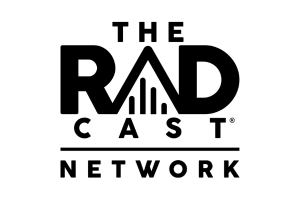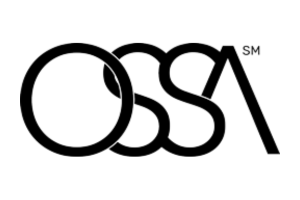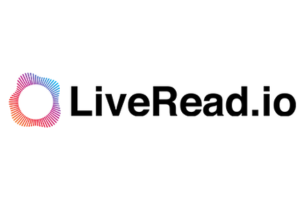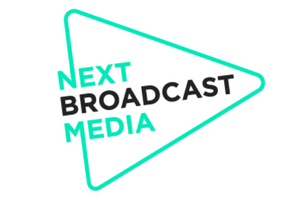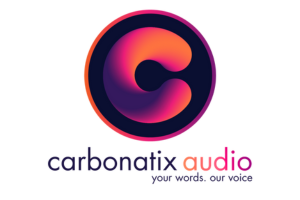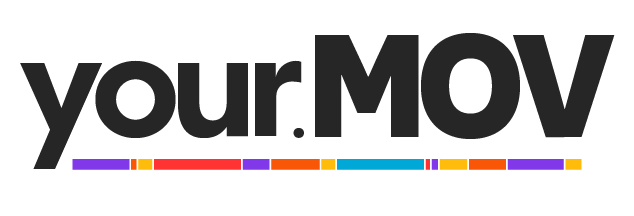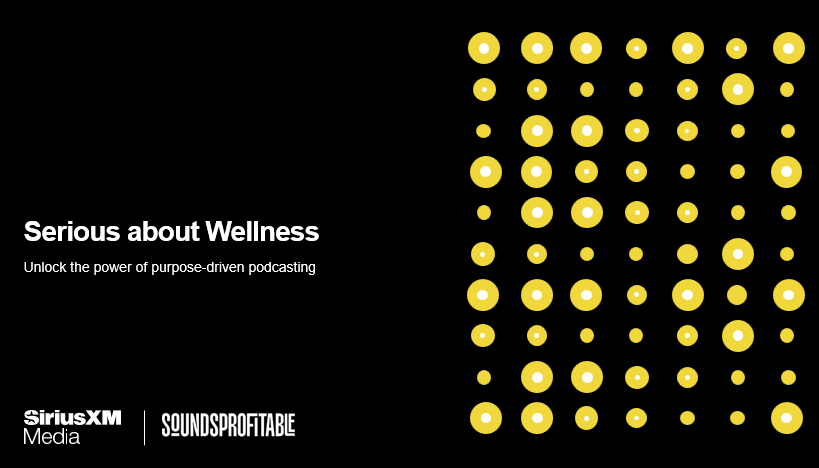This Week in the Business of Podcasting
Hello one and all from underneath a warm blanket. I caught a cold on Monday, which is why you’ve been hearing exclusively the dulcet tones of Newt on the podcast this week. While I may be down for the count, podcasting sure as heck isn’t. Let’s look back at the big stories this week.

Transparency. Performance. Automation.
Cost-Effective Podcast Advertising, and The Business Podcast Consumer
This Wednesday from Tom Webster, two bits of data for the price of one (which is free, in this case). Firstly, Webster dives into podcasting cost-effective reach with a graph regarding monthly platform usage from The Podcast Landscape 2024. A quote from Webster’s article:
“Here’s a fun thing to ponder. The US Podcasting market in 2023m was $1.9 billion, according to the IAB. That spend reaches about 140 million adults 18+ every month, or 53% of the 18+ population, based on our latest estimates from The Podcast Landscape, the largest publicly-available study of podcasting in America.”

When compared to Perplexity’s numbers for other popular ad platforms, podcasting landed somewhere between Twitch ($2.8 billion in 2022) and Reddit ($788 million in 2023) in the world of ad spend. Going back to the Podcast Landscape graph, podcasting is getting far more monthly usage (53%) compared to its ad spend neighbors (Twitch securing 12%, Reddit clocking 28%).
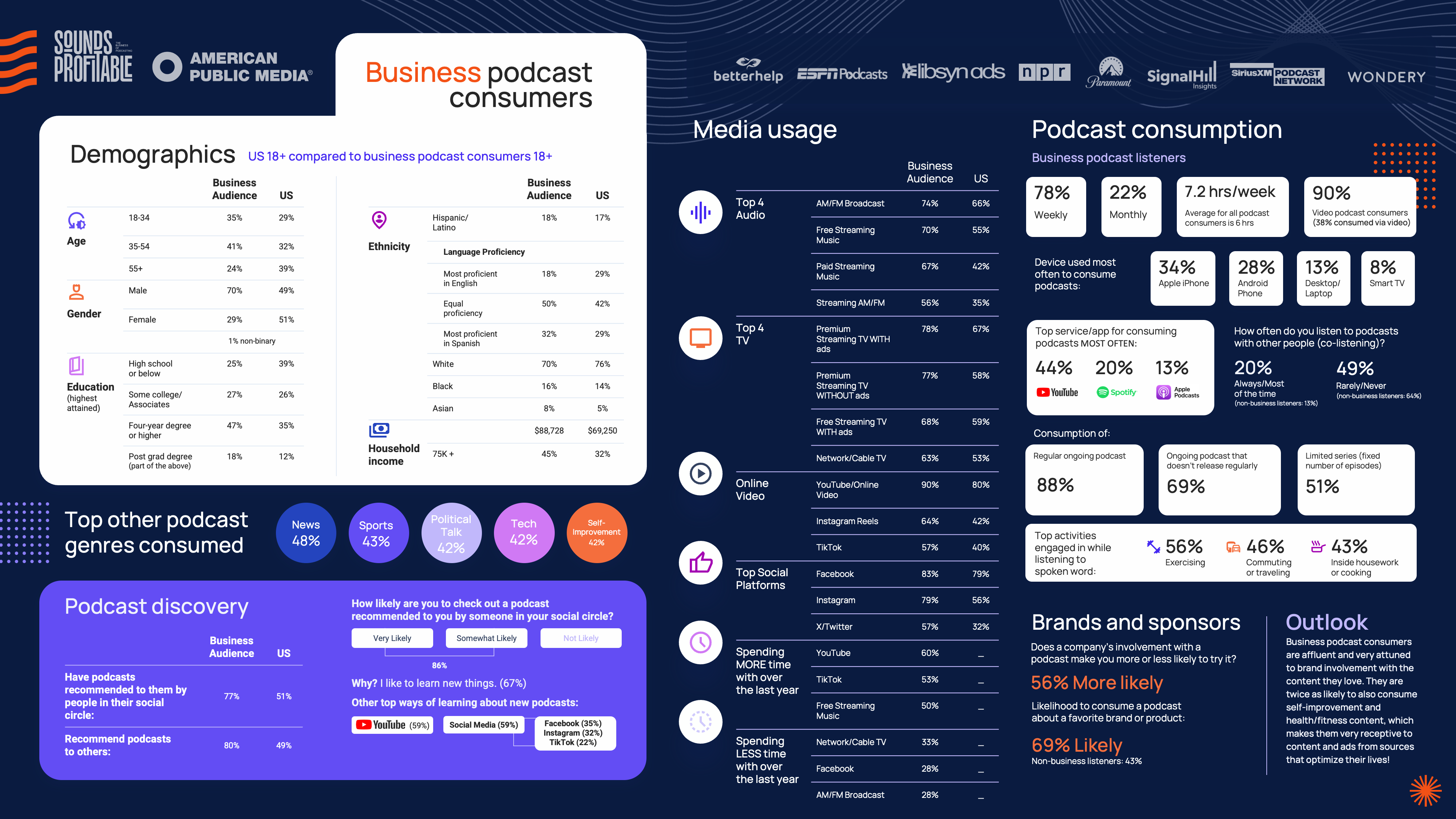
As for the second half of data, Webster offers an infographic packed full of data from The Business Podcast Consumer, a report produced by American Public Media and Sounds Profitable. Consumers of business podcasts tend to also seek out shows focusing on self-help, health & wellness, and education. Both podcasters and advertisers can benefit from the power that holds: business podcast consumers are intentionally seeking knowledge and professional growth. Their podcast listening time isn’t a past-time, it’s an investment for them. As Webster says in his conclusion, if you’re advertising to that kind of audience, those ads are reaching people predisposed to see a brand’s presence as additive to their experience, not intrusive.
Earnings Call Roundup
This week saw coverage of two big earnings calls in the world of podcasting, let’s dig into them real quick. First up, this Tuesday Spotify posted their Q4 report. The report boasts 330,000 video podcasts have been uploaded to the platform and over 70% of shows eligible for Spotify Partner Program monetization have enrolled. For the year overall, Bloomberg’s Ashley Carman reports this is the first year Spotify has turned a profit.
Meanwhile back on the 31st, SiriusXM Media posted their Q4 2024 earnings. While total revenue is down 4% year over year, premium subscription dropped to losing 296,000 compared to the 2023 loss of 445,000. Podcasting, however, remains a bright spot with a 24% year over year increase for Q4 and a 12% increase for the full year. Chris Peterson on Linkedin also notes there might be signals of Howard Stern’s impending retirement in the fact his name is brought up zero times in the earning call, while podcasting hotshot Alex Cooper was brought up multiple times. While Cooper and Stern are different content and core audience-wise, Cooper’s podcasting empire is being leveraged to drive SiriusXM satellite radio subscriptions with her two satellite channels.
Podcasting Lessons to Learn from the McCrispy (Seriously)
This Wednesday from Matt Hird at Signal Hill Insights, a reflection on variety’s importance in both a fast food menu and in media. French Canadian podcasting is demonstrating that, as the 2024 edition of the Canadian Podcast Listener report shows a reversal of an upward trend in French language podcast listening. After three years of steady growth, listenership dropped 4%. What happened?
Hird points to McDonald’s. The Big Mac has been a cornerstone of the chain’s menu for decades, yet they continue to cycle in seasonal items and net-new additions like the McCrispy usurping the simple chicken sandwich several years ago. Most diners don’t exclusively eat the first thing they try at a restaurant for years on end, the same is true of media consumption diets.
While French Canadian podcasting is taking off, it needs more investment into a variety of content to keep it healthy and convert its new inductees into actual podcast listeners. Hird argues the 4% falloff is a sign Quebecois are listening to a podcast, but there’s not enough variety of French Canadian podcasts being presented to them that would make them sticky enough to hang out in podcasting overall, instead of being a listener of one show who’ll drop off podcasting entirely as a medium when they finish (or get bored of) the first show they encountered.
Keeping Local To Save Money During the Big Game
This Thursday from Alyssa Meyers at Marketing Brew, the Big Game is almost here and MarketingBrew is taking a look at advertisers who are saving some pennies by opting to focus on regional advertising during the Super Bowl. While local buys might not make sense for massive brands, those that have specific designated market areas can get more efficacy and spend less by focusing local instead of gunning for a coveted national Super Bowl spot. A quote from Meyers:
“The prices for 30-second regional Super Bowl ads differ based on DMA, but can generally range from about $50,000 in some smaller cities to about $1.4 million in major markets like Chicago, New York, and San Francisco, according to VaynerMedia CCO Nick Miaritis.”
While going local during the biggest sporting event of the year is a perfectly viable strategy, we’d be remiss not to bring up another, even more affordable form of advertising. Sports podcasting has done nothing but grow over recent years, featuring leaned-in audiences hungry for more content about their favorite sport and more likely to look fondly on brands that make their favorite podcasts possible.
That, combined with the relative low cost of podcast advertising and its targeting capabilities, podcasting and marketers make as perfect a Super Bowl pairing as buffalo wings and celery sticks.
The Case for Brands Keeping DEI
This Thursday from Xpedition CEO Hunter Thompson: in response to online pressure from a handful of organized social media campaigns, and political pressure from the new administration, several major brands have scaled back or outright cancelled existing diversity, equity, and inclusivity initiatives. As Thompson notes, a lot of ‘go woke, go broke’ campaigns that have turned “DEI” into a negative catch-all buzzword rely on assumptions and gut feelings, not research. And even when numbers are introduced to present voters’ opinions on diversity in advertising and the workplace, they are often misrepresented. A quote from Thompson:
“Polling data is an unreliable metric for gauging voter values because it focuses only on the ultimate outcome, whereas marketing research focuses on the why behind consumer behaviors and includes non-voters, who make up more than a third of the population. Market research about DEI paints a clear picture: Regardless of which political party wins in any given election, the American population is becoming more diverse and wants corporate America to reflect this diversity.”
Data tracking the efficacy of diverse U.S. workplaces is as old as the earliest diversity initiatives in the 1960s. And modern studies tend to show diverse workplaces run well, and consumers respond well to the diverse reality of the United States’ population being reflected in advertisements. Regardless of which parties support which stances, the simple facts remain that the melting pot of the U.S. continues to grow more diverse, and people like seeing themselves in advertisements.
Quick Hits
While they may not be top story material, the articles below from this week are definitely worth your time:
- Finding Your Audience: Sounds Profitable’s Tom Webster The Podglomerate’s Podcast Perspectives series brings on Tom Webster to discuss his book The Audience is Listening.
- mowPod Charts Launches as a Forever-Free Tool for Tracking Apple Podcasts Rankings mowPod has launched a new tool designed to fill the gap left by the retirement of Chartable in the form of mowPod Charts, which is designed to be free for the entirety of its existence.
- BBC Studios has announced a multi-year deal naming iHeartMedia as the exclusive third-party reseller of BBC podcasts to the U.S. advertising market.
- Audacy completes bankruptcy process; CEO David Field exits Audacy has formally closed their Chapter 11 bankruptcy process, with CEO David Field leaving and board member Kelli Turner stepping in as interim CEO.
- Podscribe Launches Enhanced “Double Device Graph” for Upgraded Measurement Accuracy The tool combines Experian and TransUnion’s device graphs into one place for better scale and accuracy of audience measurement, currently available for all Podscribe measurement clients.
- The Podcast Ecosystem in Türkiye by Rıfat Özcan An overview of podcasting in Türkiye, including podcasting apps, production agencies, educational institutions teaching podcasting, events, and podcast research all happening locally.



